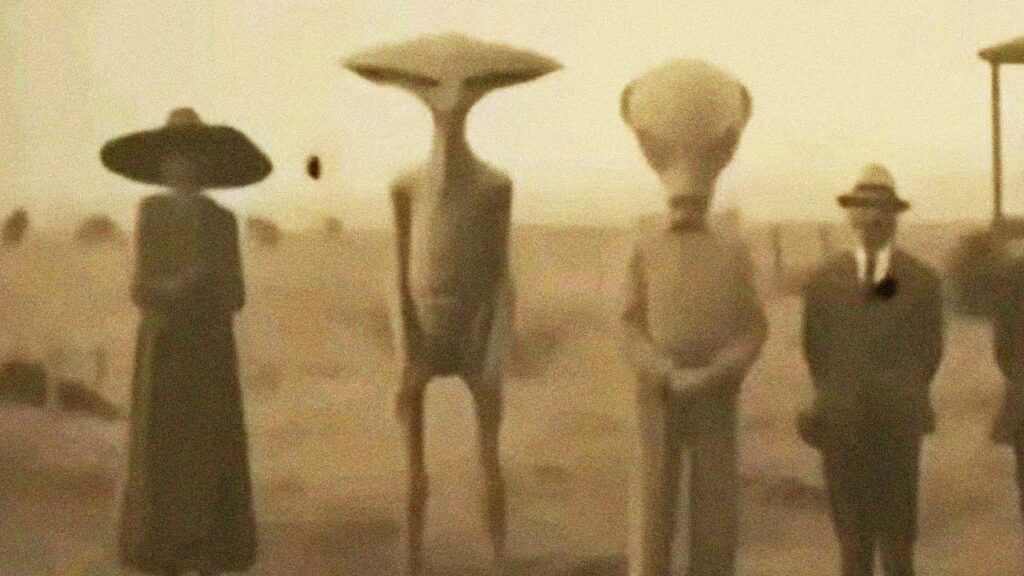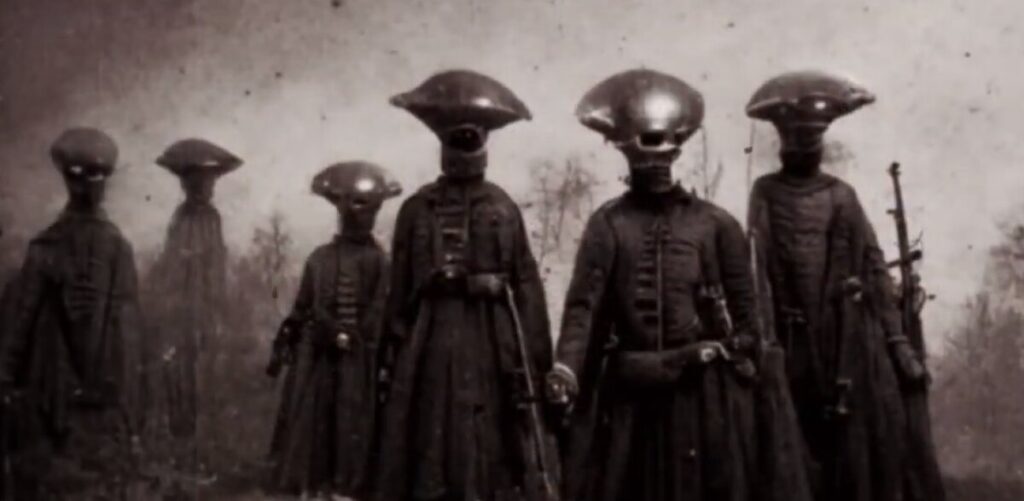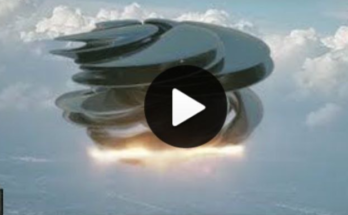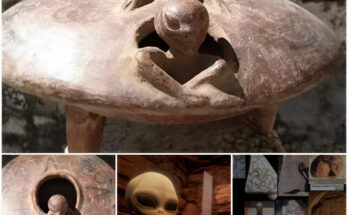
For centuries, the Vatican has been a symbol of power, mystery, and intrigue. With its imposing architecture, rich history, and vast collection of art and artifacts, the Vatican has long captivated the imagination of people around the world. Within its hallowed confines lie millennia-old mysteries that continue to elude our understanding, begging for exploration and unveiling of insights that question our very understanding of the world.
One of the most famous mysteries hidden within the Vatican is the secret archives. These archives contain a wealth of documents dating back to the 8th century, encompassing papal letters, decrees, diplomatic correspondence, and even mundane documents such as receipts and financial records. The contents of these archives have long been shrouded in secrecy, giving rise to countless theories and speculations about what they might contain. Some believe that the archives hold evidence of extraterrestrial encounters, lost civilizations, or even the true nature of humanity’s origins.

In recent years, the Vatican has taken steps to shed light on some of the mysteries within its walls. In 2010, for example, the Vatican opened its Secret Archives to a team of researchers for the first time, allowing them to study documents related to the Inquisition. This unprecedented access provided valuable insights into this dark chapter of the church’s history, raising important questions about the role of religion and power in shaping societies and individuals.
The Vatican’s vast collection of art and artifacts also holds its share of secrets. One of the most intriguing examples is the Sistine Chapel, home to Michelangelo’s iconic frescoes. Over the years, scholars and art historians have sought to unravel the hidden meanings and symbols within these masterpieces, leading to a greater understanding of Michelangelo’s artistic vision and the cultural and political context in which he worked.
Beyond the art and archives, the Vatican’s very existence as the seat of the Catholic Church raises profound questions about faith, power, and the nature of truth. The Vatican’s role in shaping the course of history, its influence on global politics and culture, and its complex relationships with science and modernity continue to spark debates and discussions that challenge our preconceptions and beliefs.

As we continue to explore the mysteries hidden within the Vatican’s confines, we must also consider the implications of our discoveries. What do these insights reveal about the nature of power, authority, and knowledge? How do they challenge our understanding of history, religion, and human existence? And what responsibility do we have to engage with these mysteries thoughtfully and critically, rather than succumbing to sensationalism or speculation?
In the end, the Vatican remains a treasure trove of millennia-old mysteries that demand our attention and respect. By approaching these mysteries with curiosity, humility, and a commitment to seeking the truth, we can begin to unveil insights that question our assumptions and open new avenues for exploration and understanding. Through this process, we can gain deeper insights into the complexities of our shared history and the enduring mysteries of the human experience.


